Maverick Citizen: Photo Essay
Zama-zamas: Pictures from the underground
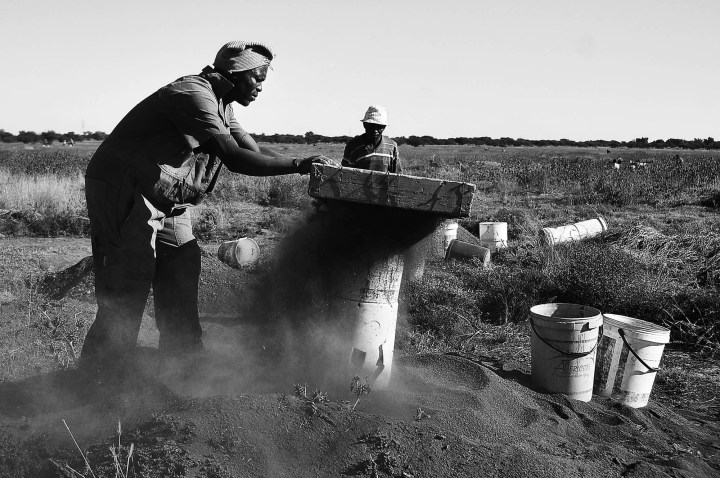
Toiling deep underground, SA’s zama-zamas risk death and injury on a daily basis, and are constantly raided by the police. These artisanal miners, known as zama-zamas, will be on the agenda at the Alternative Mining Indaba and the Mining Indaba Conference taking place in Cape Town this week. Lucas Ledwaba of Mukurukuru Media froze some moments in time of the zama-zamas’ toil.
To the mining houses zama-zamas represent a criminal element that steals their profits. But the men and women who toil using hand-made tools regard themselves as legitimate miners making a living from the mineral wealth of their motherland.
They argue that even the big mining houses that are worth billions of rand today started as zama-zama enterprises until they were formalised.
Activists are fighting for the recognition and formalisation of zama-zamas, who operate under dangerous conditions using basic tools and applying suspect health and safety measures.
Zama-zamas in Northern Cape’s diamond fields have been set on a path to normalisation after being granted permits in 2018.
But for the rest, constant raids by police and the Department of Mineral Resources remain a daily reality. In Gauteng, Free State and Mpumalanga dozens of artisanal miners, especially in the gold-mining sector, have died in violent confrontations between rival factions.
Some have succumbed to the hazards of the occupation – rockfalls, fires and accidents.
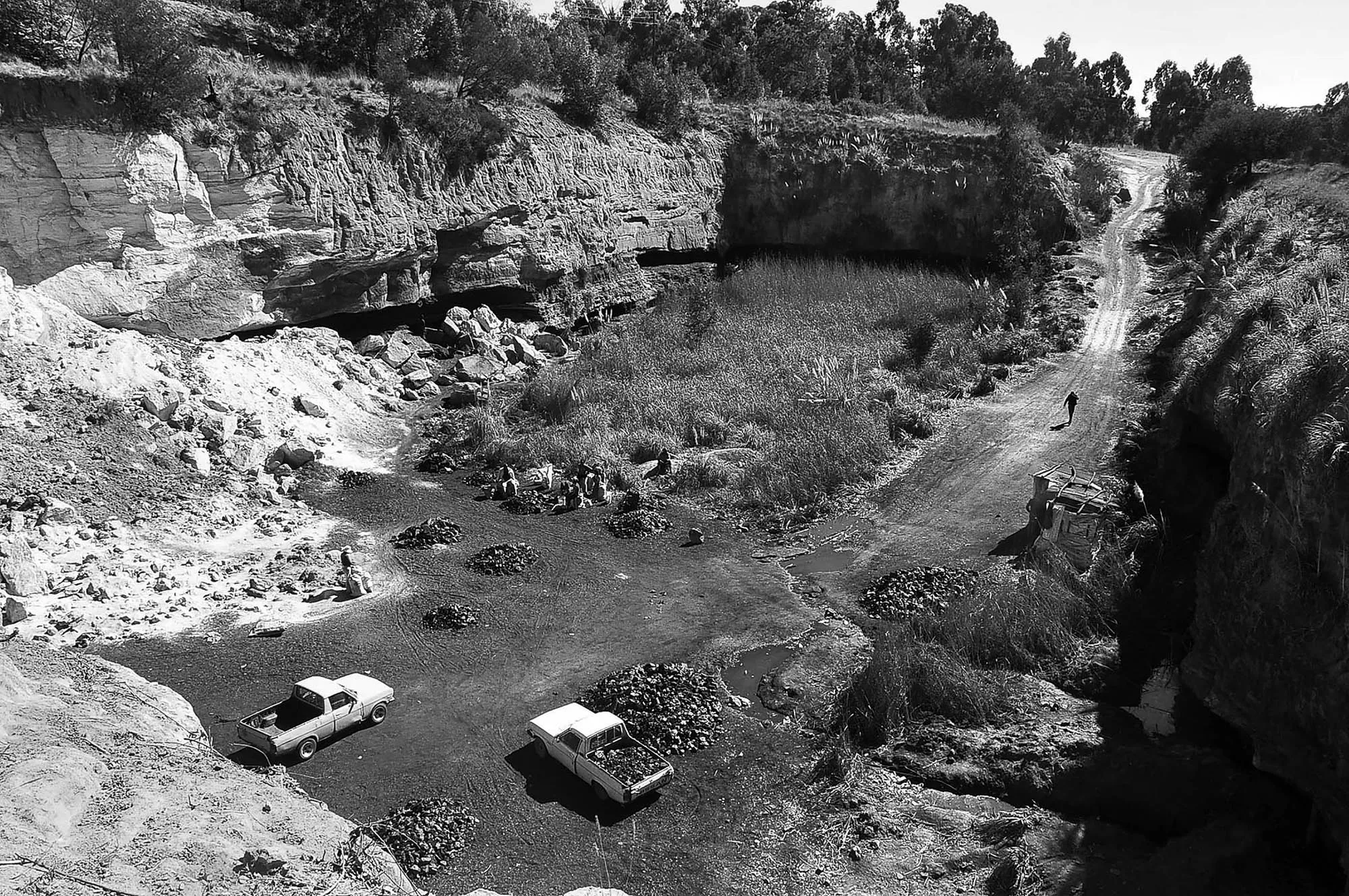
MINING OPERATION: Informal coal miners at work at the abandoned Golfview Mine in Ermelo, Mpumalanga. (Photo: Lucas Ledwaba/Mukurukuru Media)
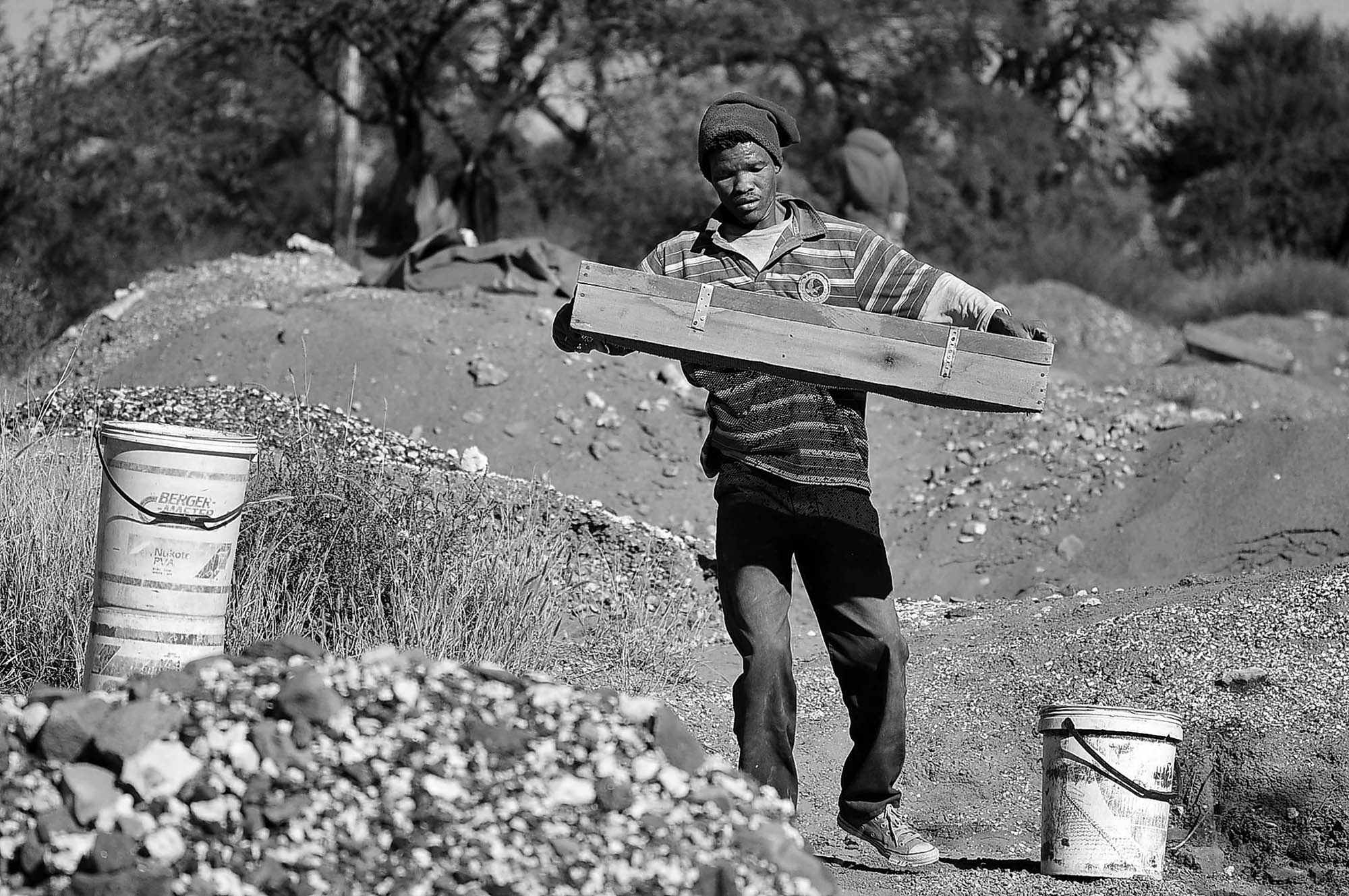
Zama-zamas on Kimberley’s diamond fields fill buckets with sand mined from dumps left behind during over 100 years of mining in the area. They sift through the sand in search of diamonds and sometimes go for months without finding any gems. (Photo: Lucas Ledwaba/Mukurukuru Media)
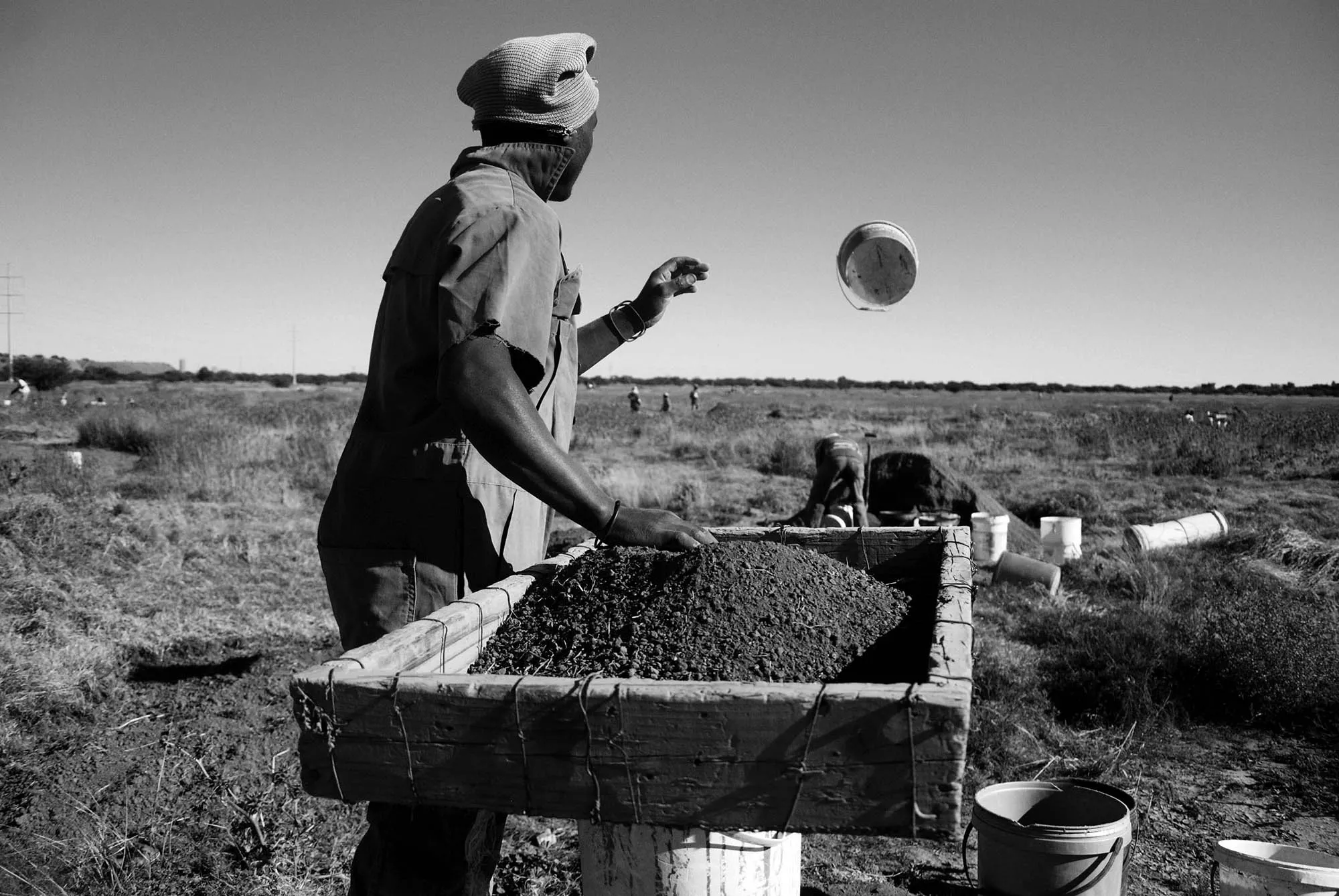
Artisanal mining, Kimberley, Northern Cape 2018. Photo: (Photo: Lucas Ledwaba/Mukurukuru Media)
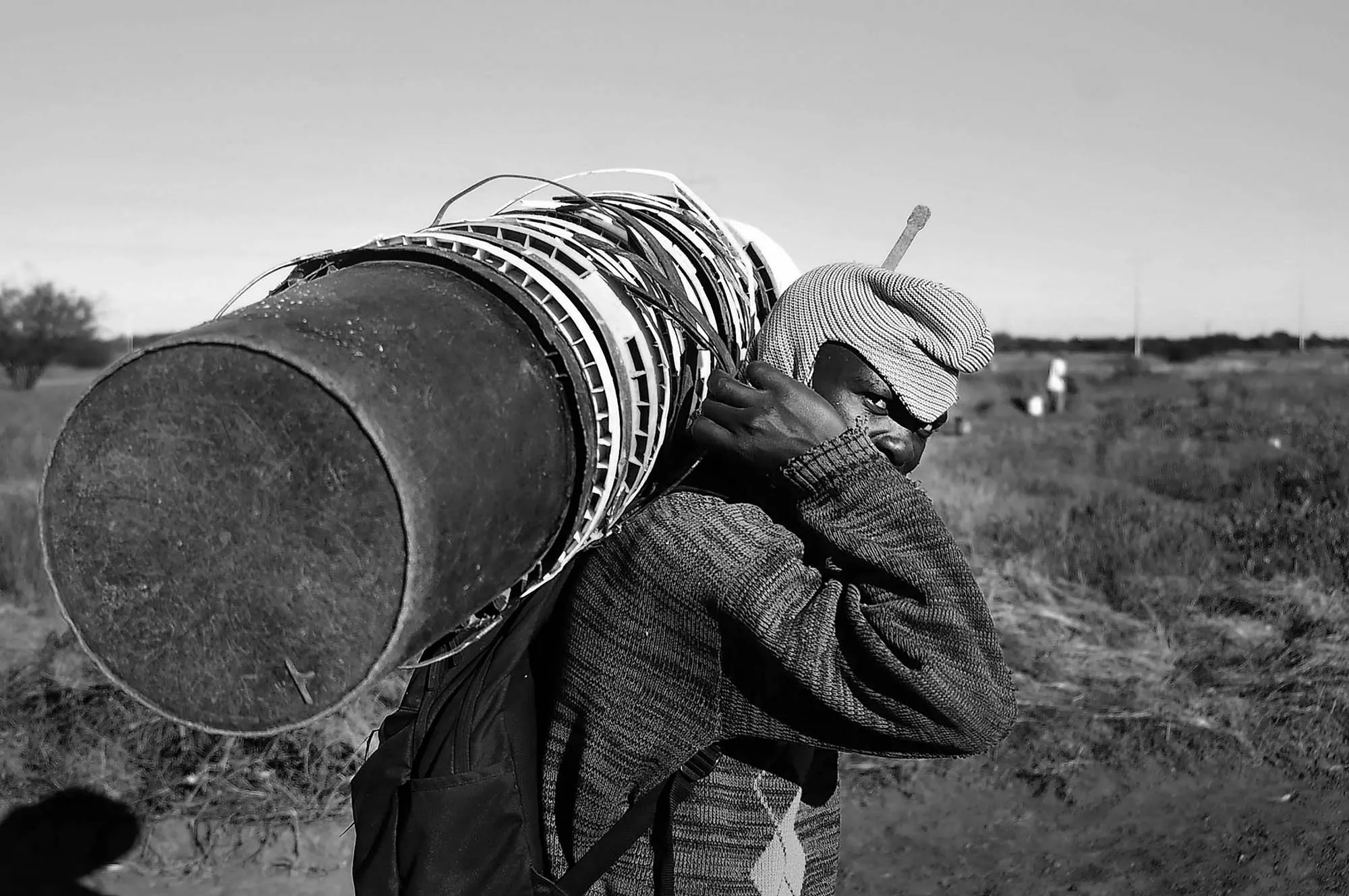
An artisanal miner who hails from Lesotho prepares for a long day of toiling in Kimberley’s diamond fields. The buckets are used to carry mine sand which is then sifted in search of diamonds. (Photo: Lucas Ledwaba/Mukurukuru Media)
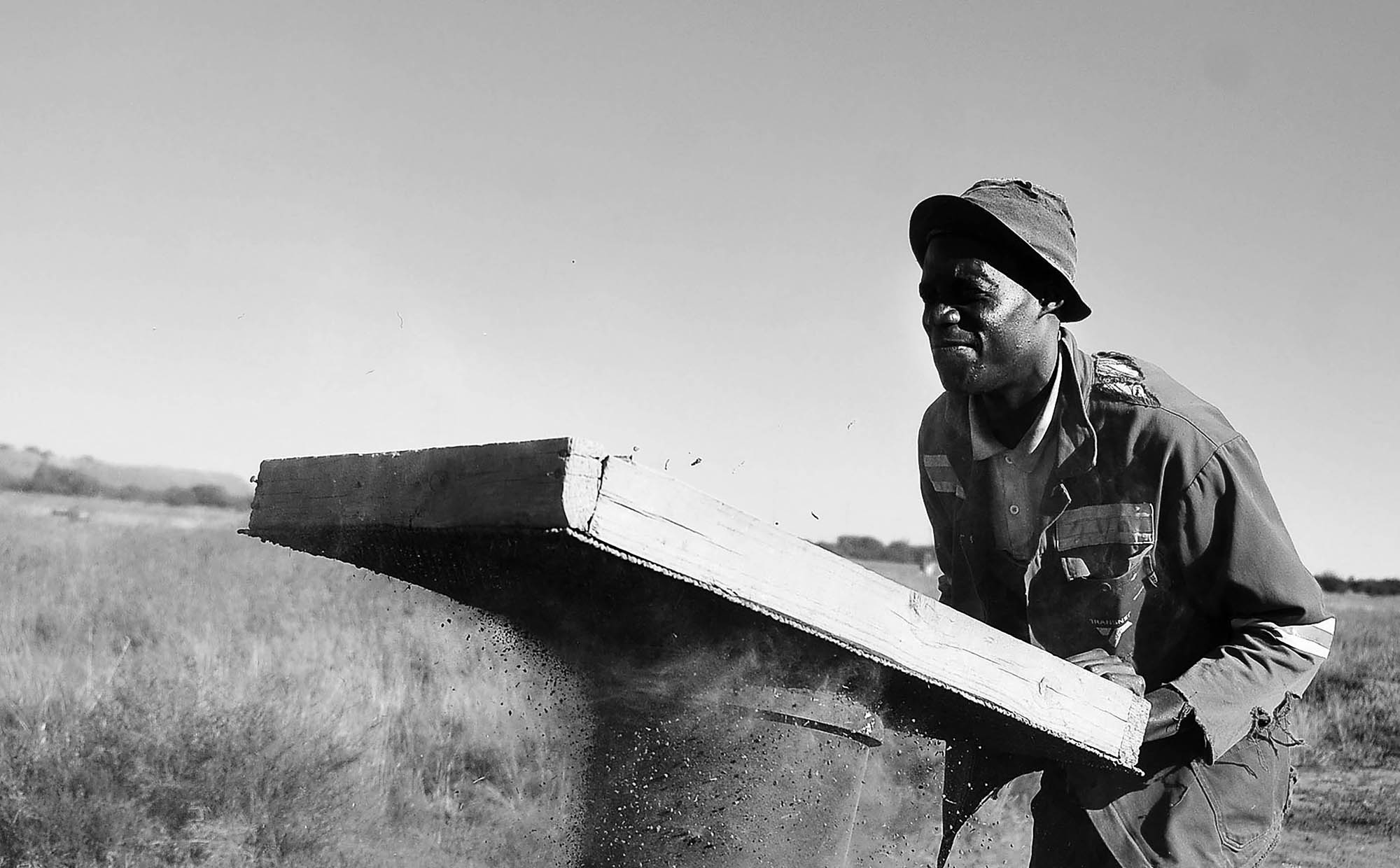
Artisanal miner at work in Kimberley’s diamond fields. The diggers known as zama-zamas were granted permits to mine the dumps left behind by big mining houses that have been mining in the Northern Cape town since the 1800s. Their victory came after a long struggle of police raids and arrest of many diggers. (Photo: Lucas Ledwaba/Mukurukuru Media)
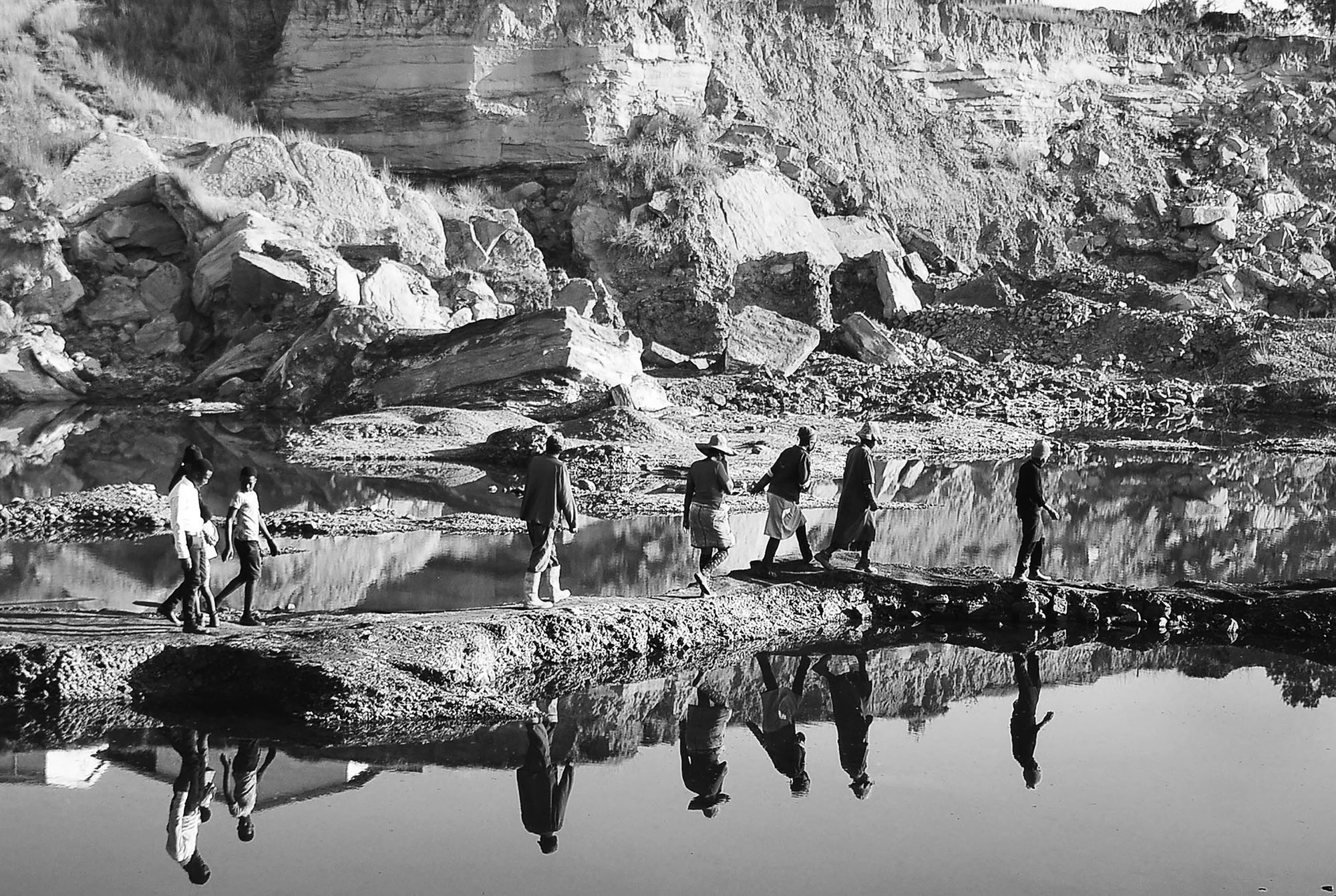
Artisanal miners return to their working spots after attending a meeting organised by Sisonke – an NGO that focuses on land, environmental and human rights. The NGO wants to organise the miners to help them apply for a mining permit. However, there was disagreement among the miners about the issue. (Photo: Lucas Ledwaba/Mukurukuru Media)
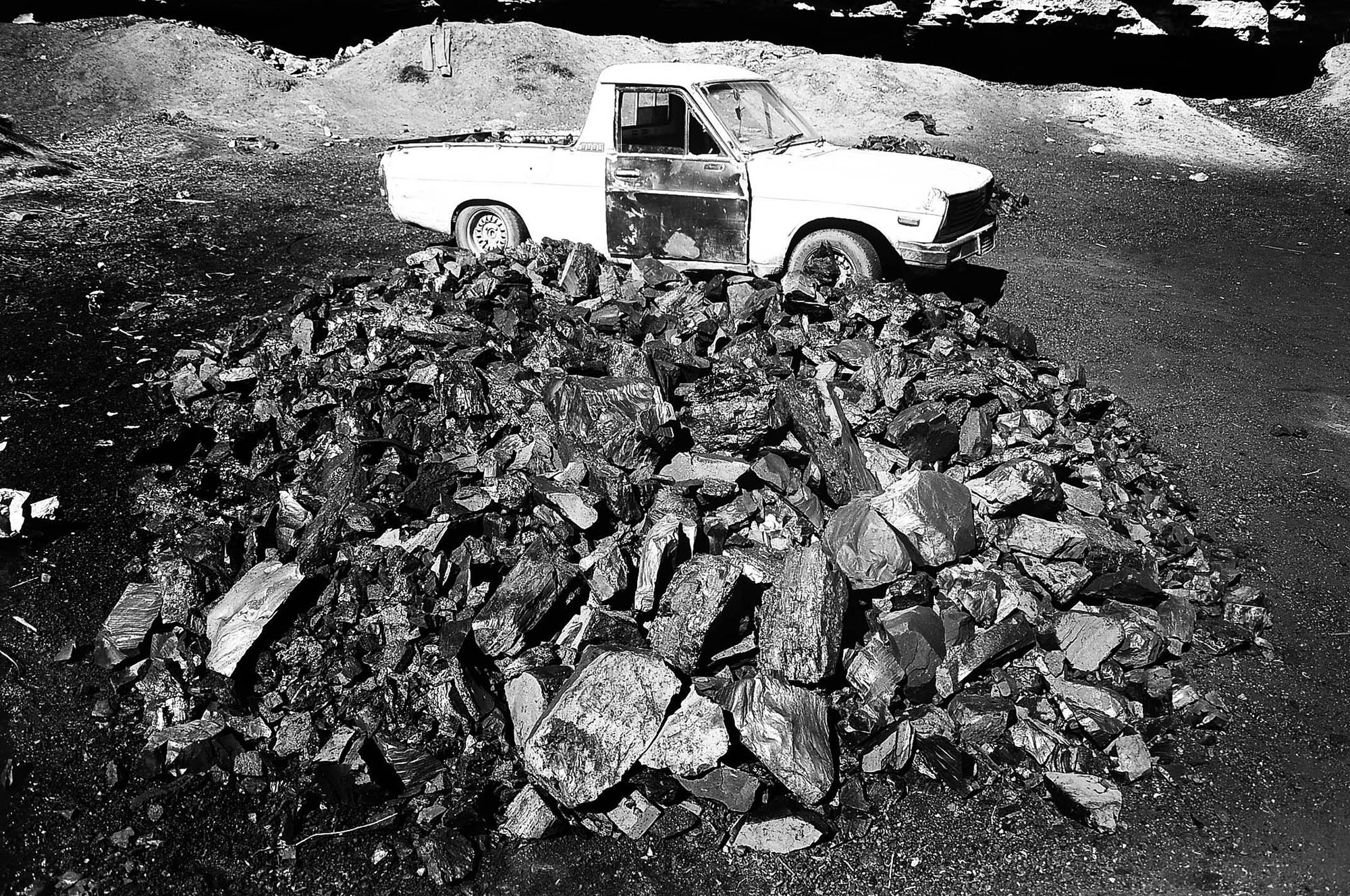
IA bakkie waits to be loaded with coal mined from the abandoned Golfview Coal Mine in Ermelo, Mpumalanga. Artisanal miners supply coal merchants with coal which they sell around the townships and informal settlements in, Ermelo, Mpumalanga. (Photo: Lucas Ledwaba/Mukurukuru Media)
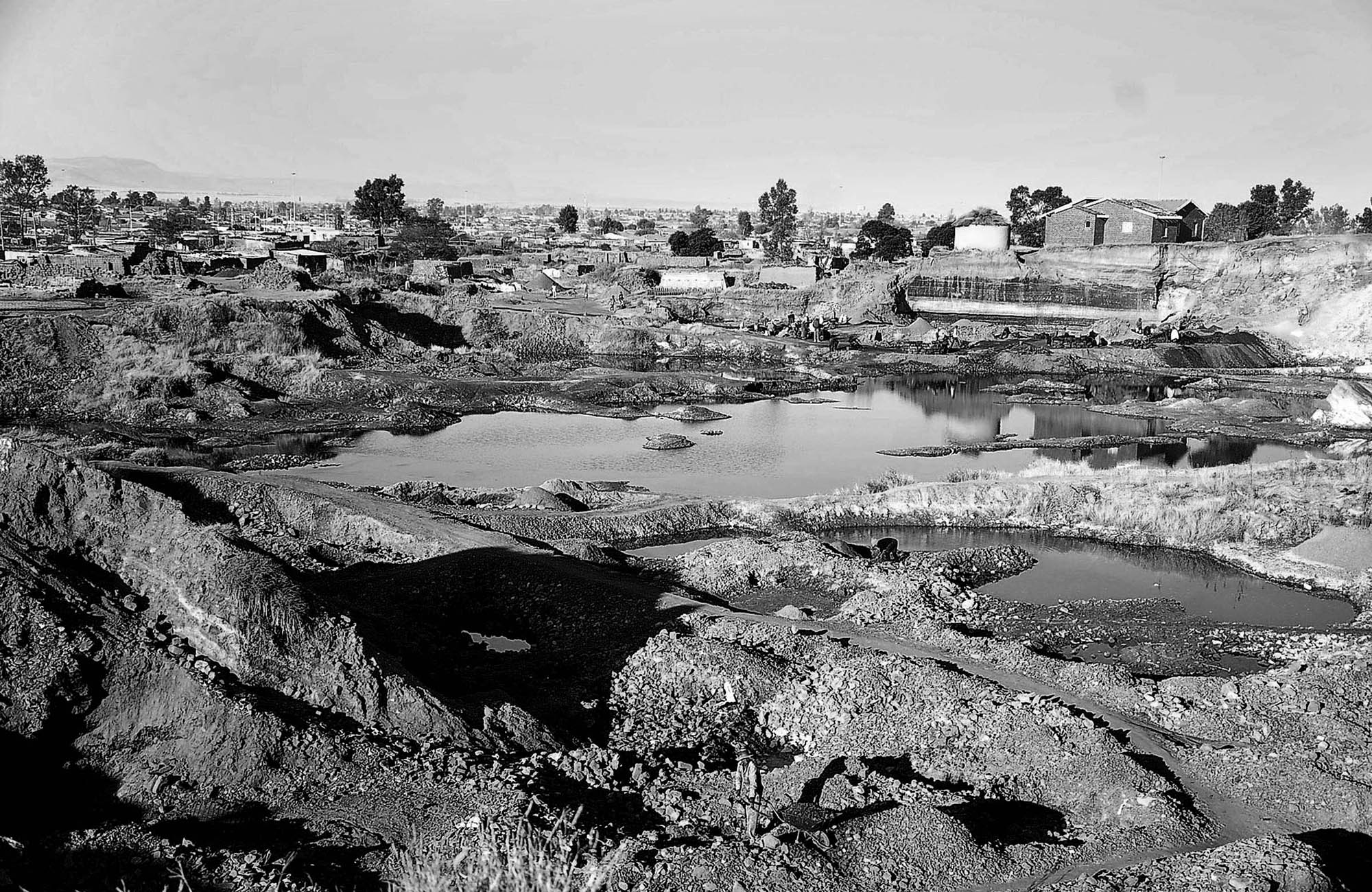
Artisanal miners toil for hours every day in this spot in Blaauwbosch near Newcastle in KwaZulu-Natal. They use shovels and their bare hands to extract ore which they use to make bricks and coal which they sell to suppliers who in turn sell it in the community. (Photo: Lucas Ledwaba/Mukurukuru Media)
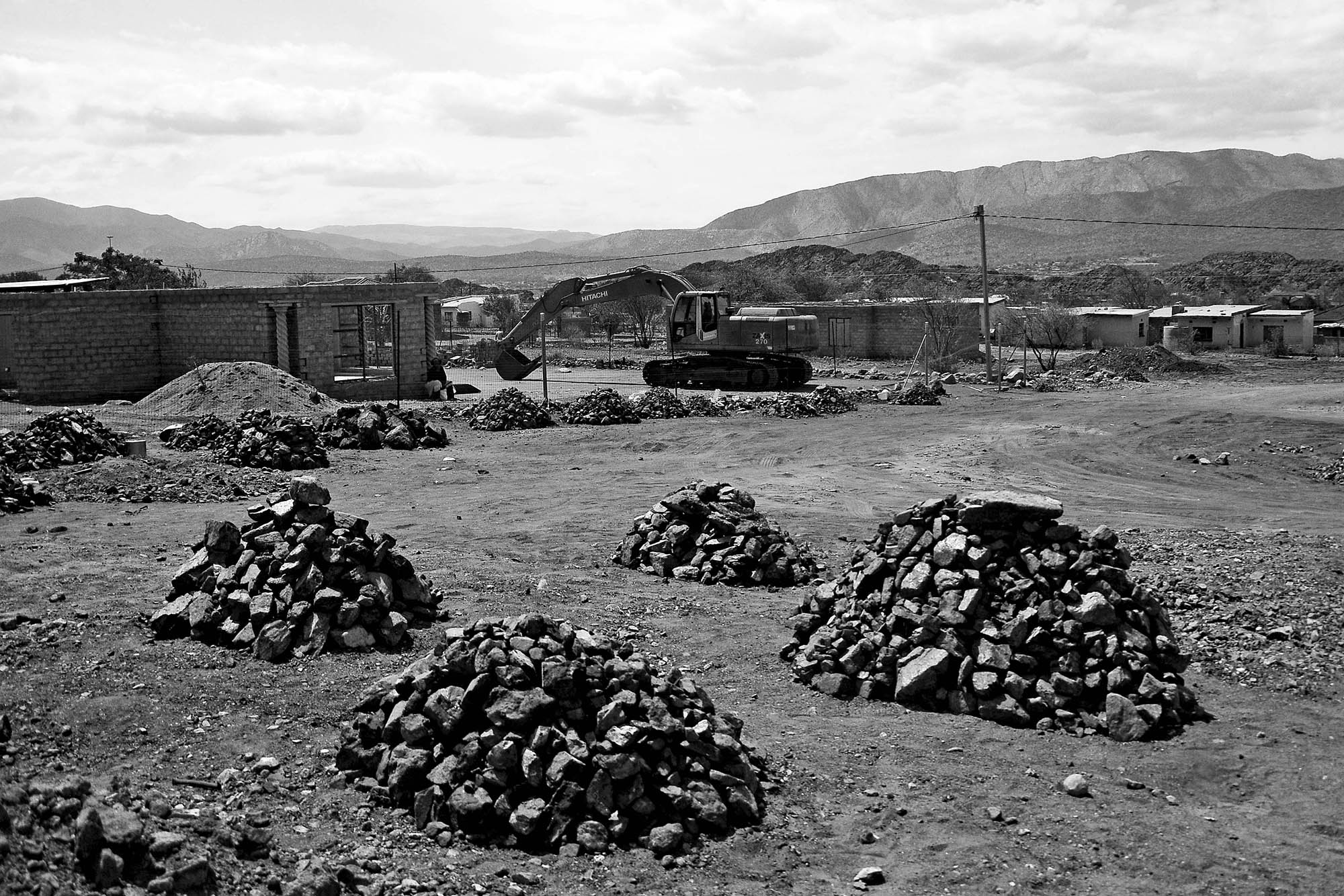
Chrome deposits mined by artisanal miners in Atok, Sekhukhune in Limpopo wait for collection by merchants. The artisanal miners brave police raids to mine the mineral in ab id to beat poverty and unemployment. Government’s promises to formalise the miners in this area have not materialised. (Photo: Lucas Ledwaba/Mukurukuru Media)

A digger displays a diamond he found during a long shift of digging and sifting in Kimberley, Northern Cape. The diggers in Northern Cape can now sell the minerals on the formal market after being given permits by the government in 2018. However artisanal miners in other parts of the country still operate illegally. (Photo: Lucas Ledwaba/Mukurukuru Media)

A preacher asks for divine intervention during a meeting to discuss the granting of permits to artisanal miners in Kimberlely’s diamond fields. Uncertainty prevailed at the time as the diggers didn’t know if they would still be subjected to raid and trading on the black market. (Photo: Lucas Ledwaba/Mukurukuru Media)
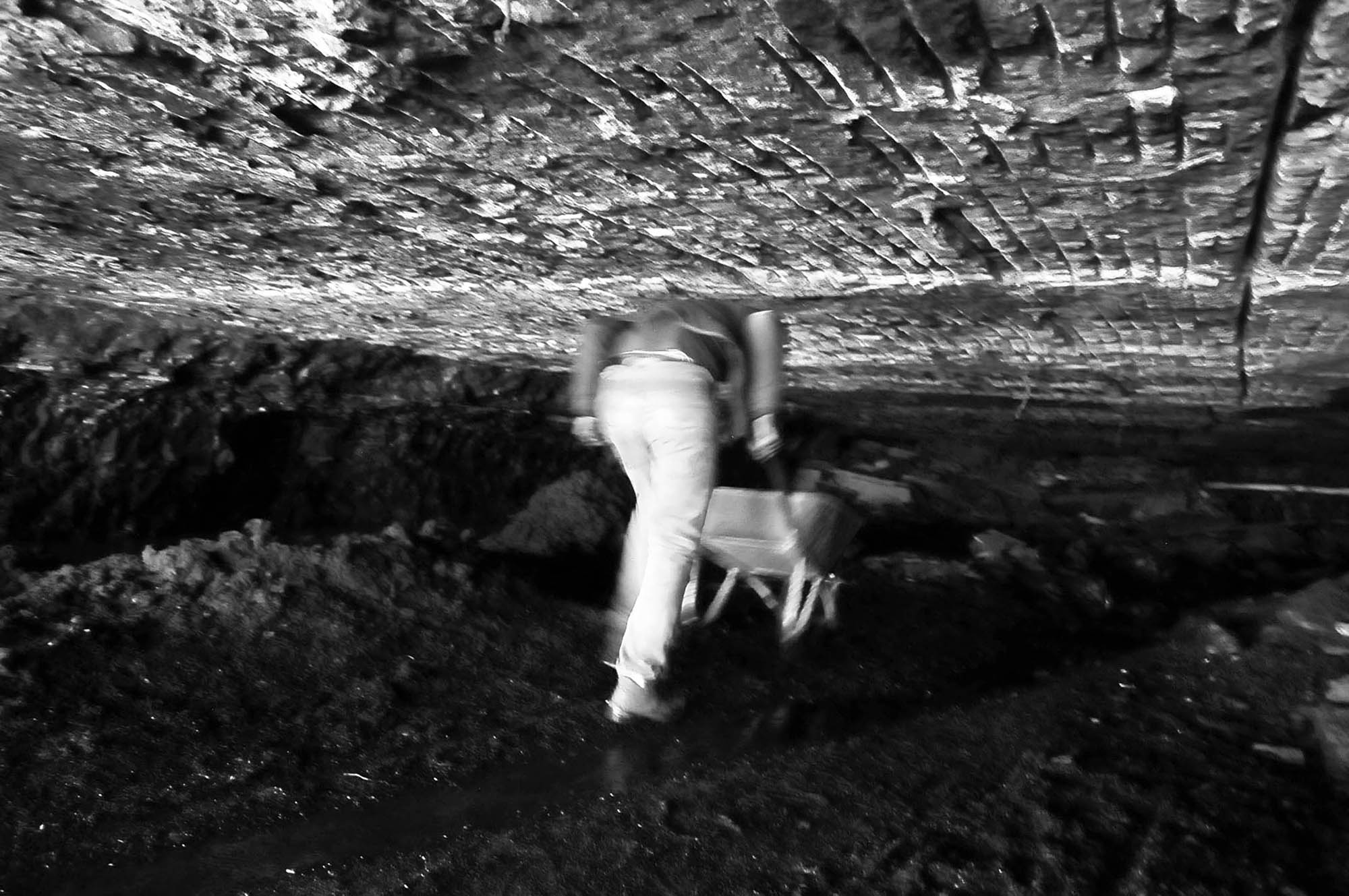
INTO THE EARTH’S BELLY: An informal miner makes his way into an abandoned mine shaft to collect coal which is dug with pick-axes by informal miners. (Photo: Lucas Ledwaba/Mukurukuru Media)
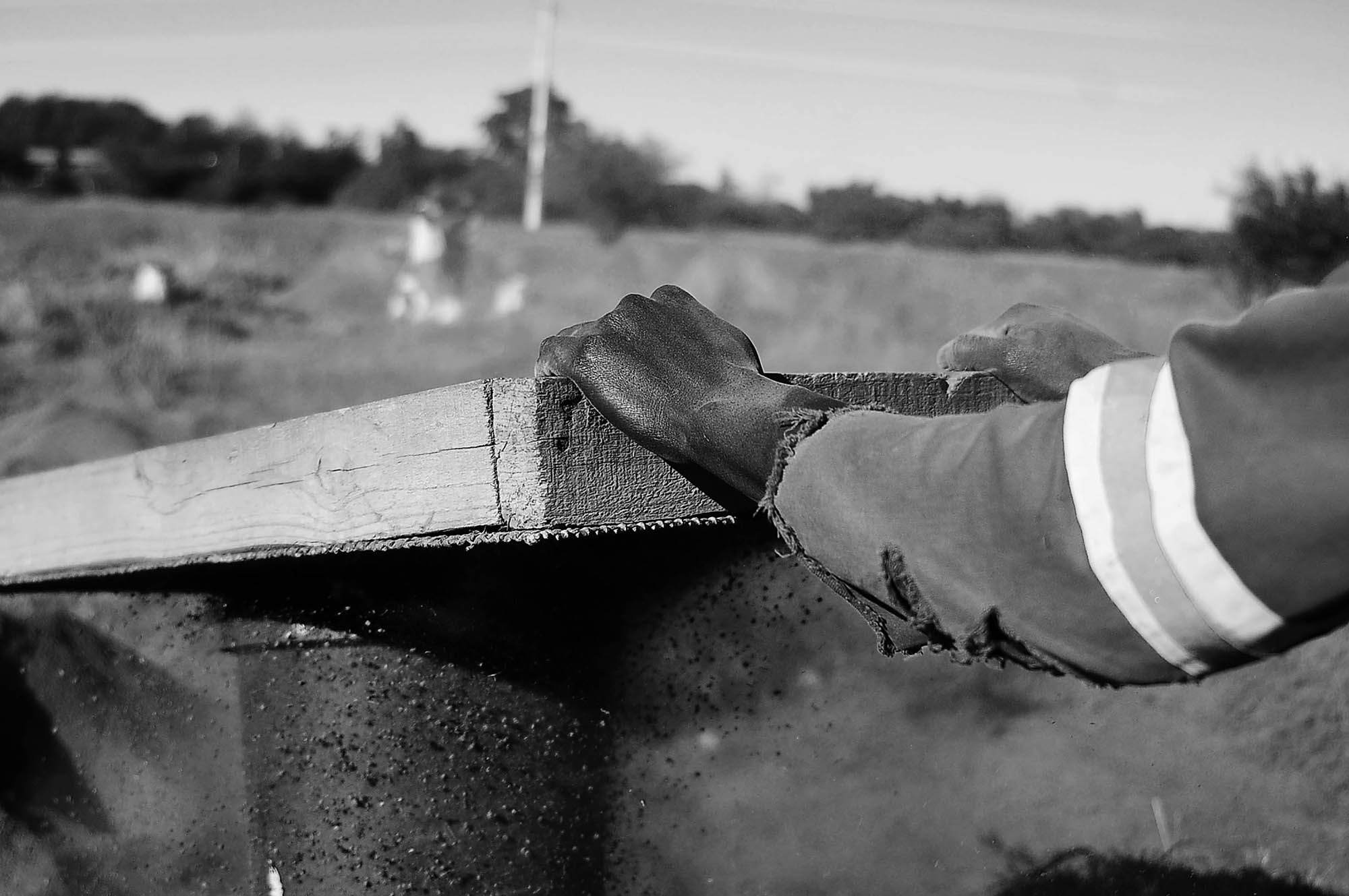
Artisanal miner at work in Kimberley’s diamond fields. The diggers known as zama zamas were granted permits to mine the dumps left behind by big mining houses that have been mining in the Northern Cape town since the 1800s. Their victory came after a long struggle of police raids and arrest of many diggers. (Photo: Lucas Ledwaba/Mukurukuru Media)
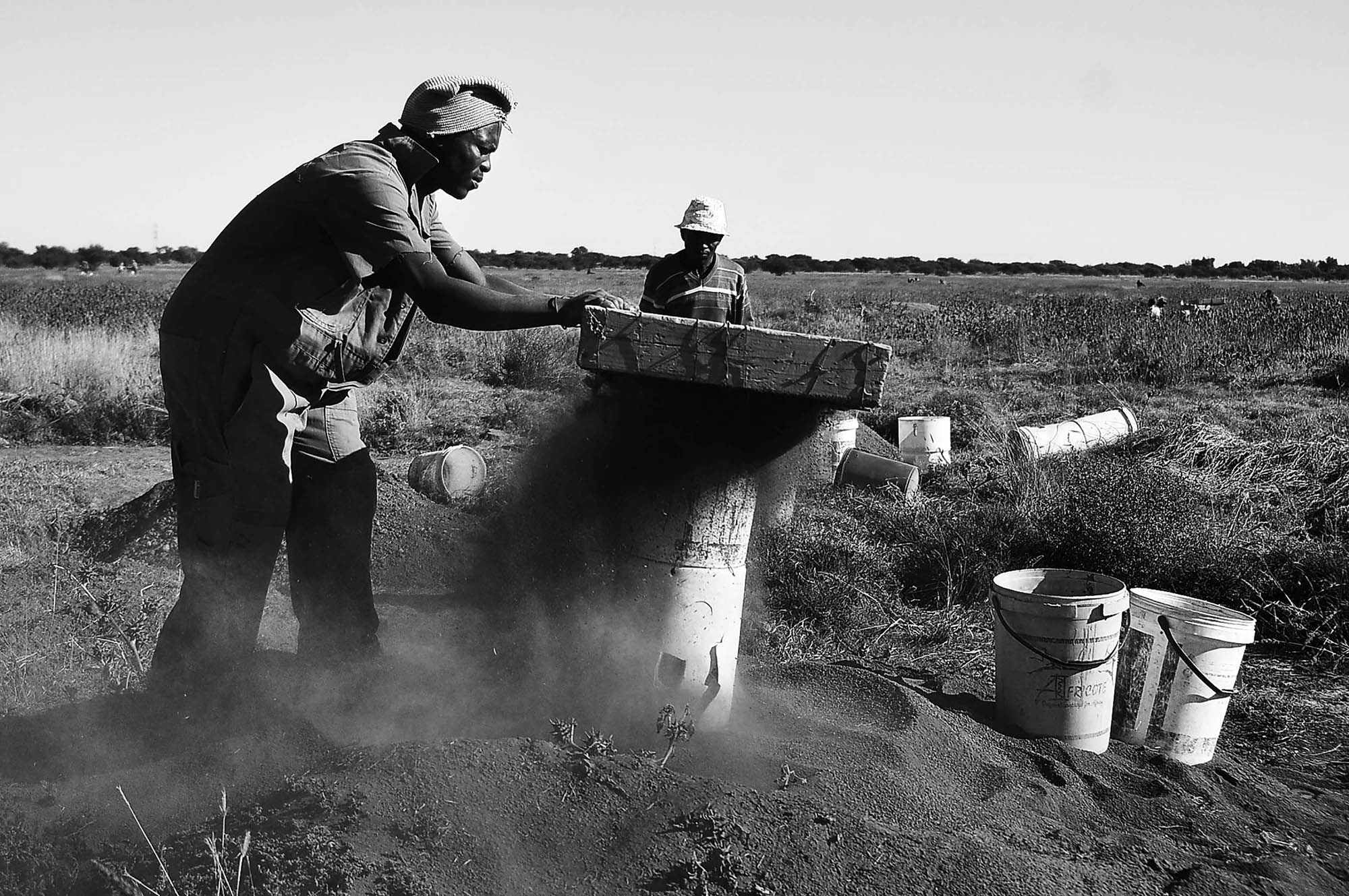
Zama-zamas on Kimberley’s diamond fields fill buckets with sand mined from dumps left behind during over 100 years of mining in the area. They sift through the sand in search of diamonds and sometimes go for months without finding any gems. (Photo: Lucas Ledwaba/Mukurukuru Media)
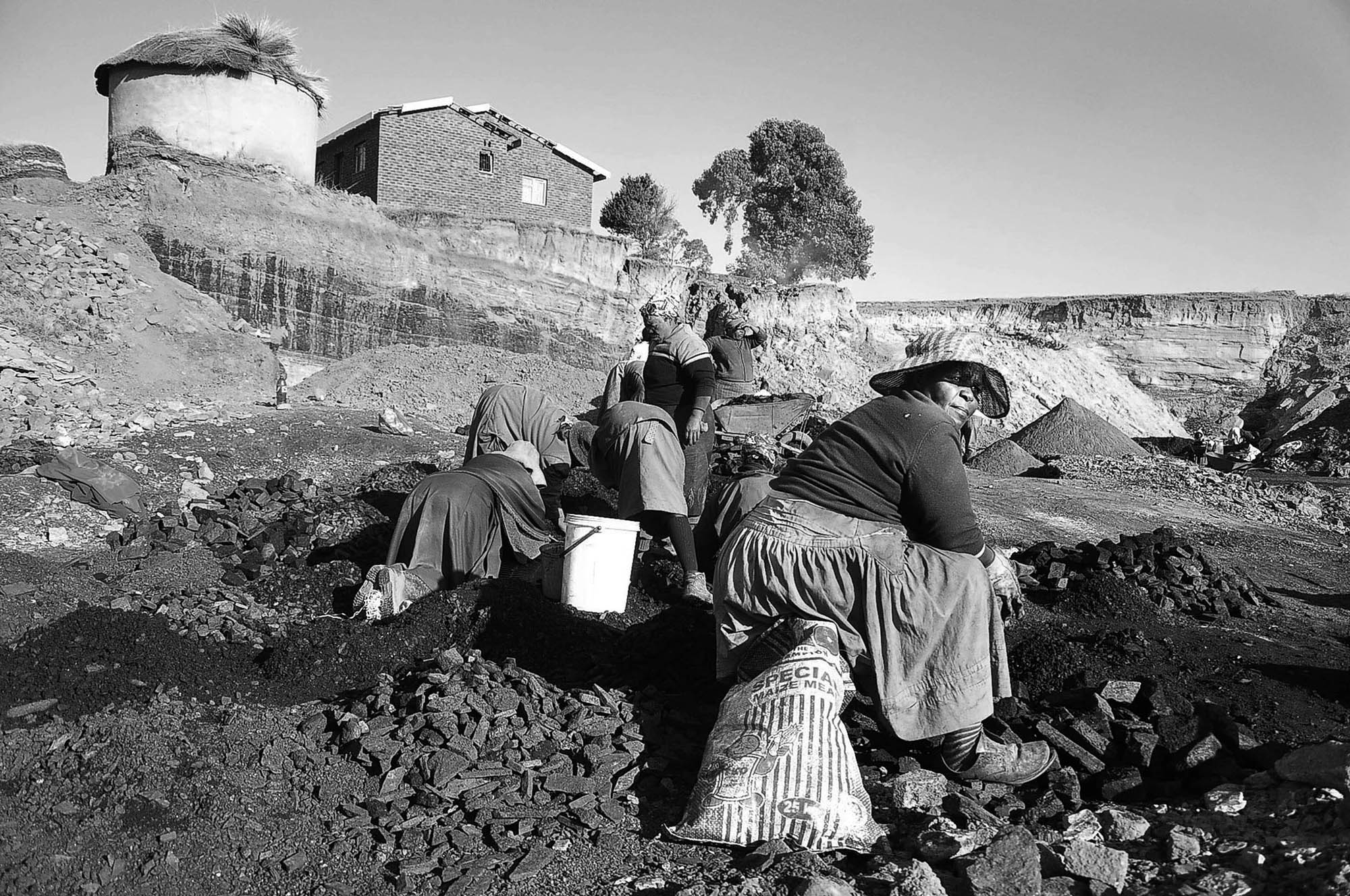
Women sort coal at the Blaauwbosch mining site. Some of them work as teams with their husbands who do the more dangerous work of digging for coal with pick axes and shovels. The coal is sold to vendors who in turn resell it to the community. (Photo: Lucas Ledwaba/Mukurukuru Media)
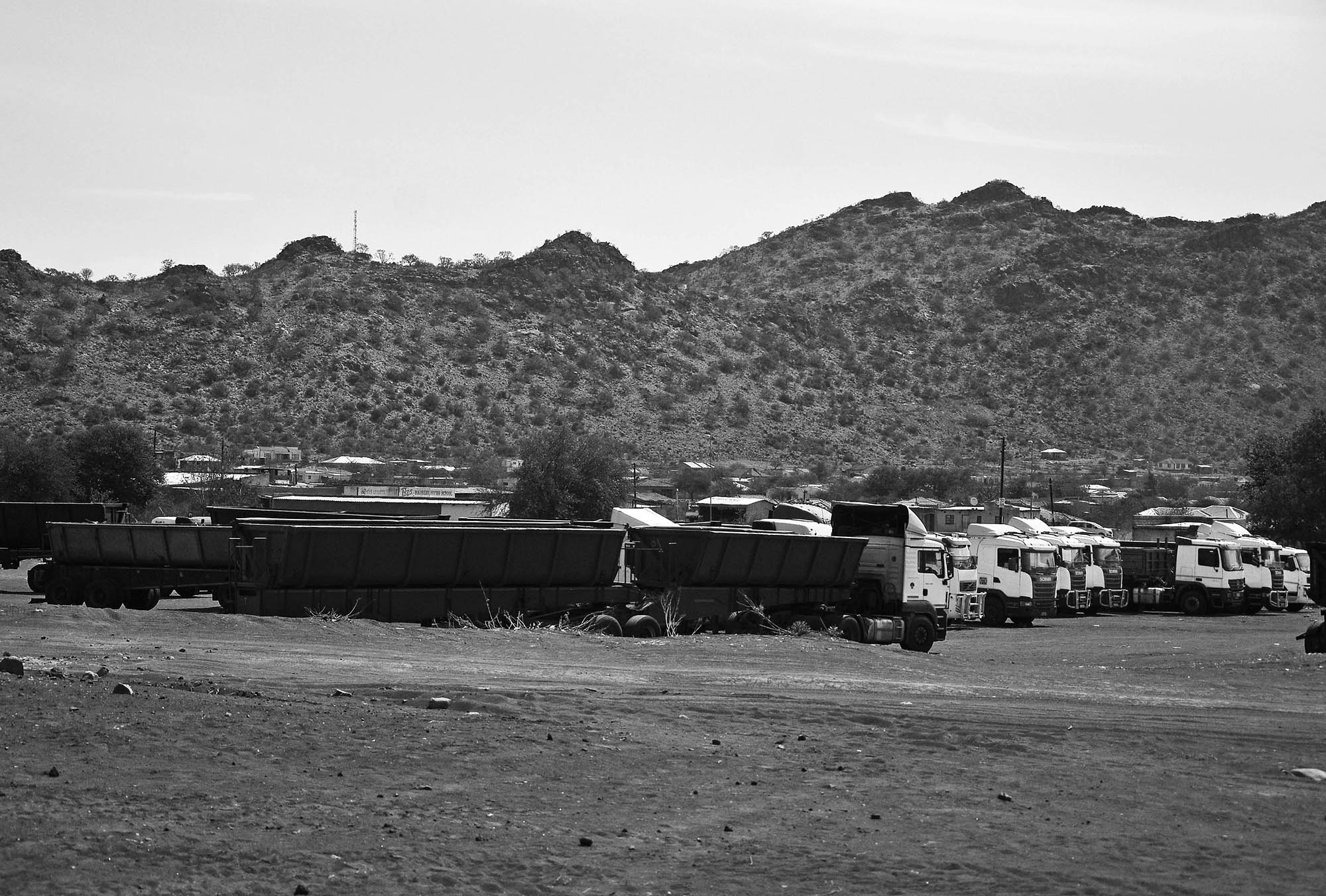
Trucks wait to transport chrome in Mogolaneng in Atok, Limpopo. Unlicensed artisanal miners mine the chrome in the village and in the hills around it and sell it to dealers on the black market. (Photo: Lucas Ledwaba/Mukurukuru Media)
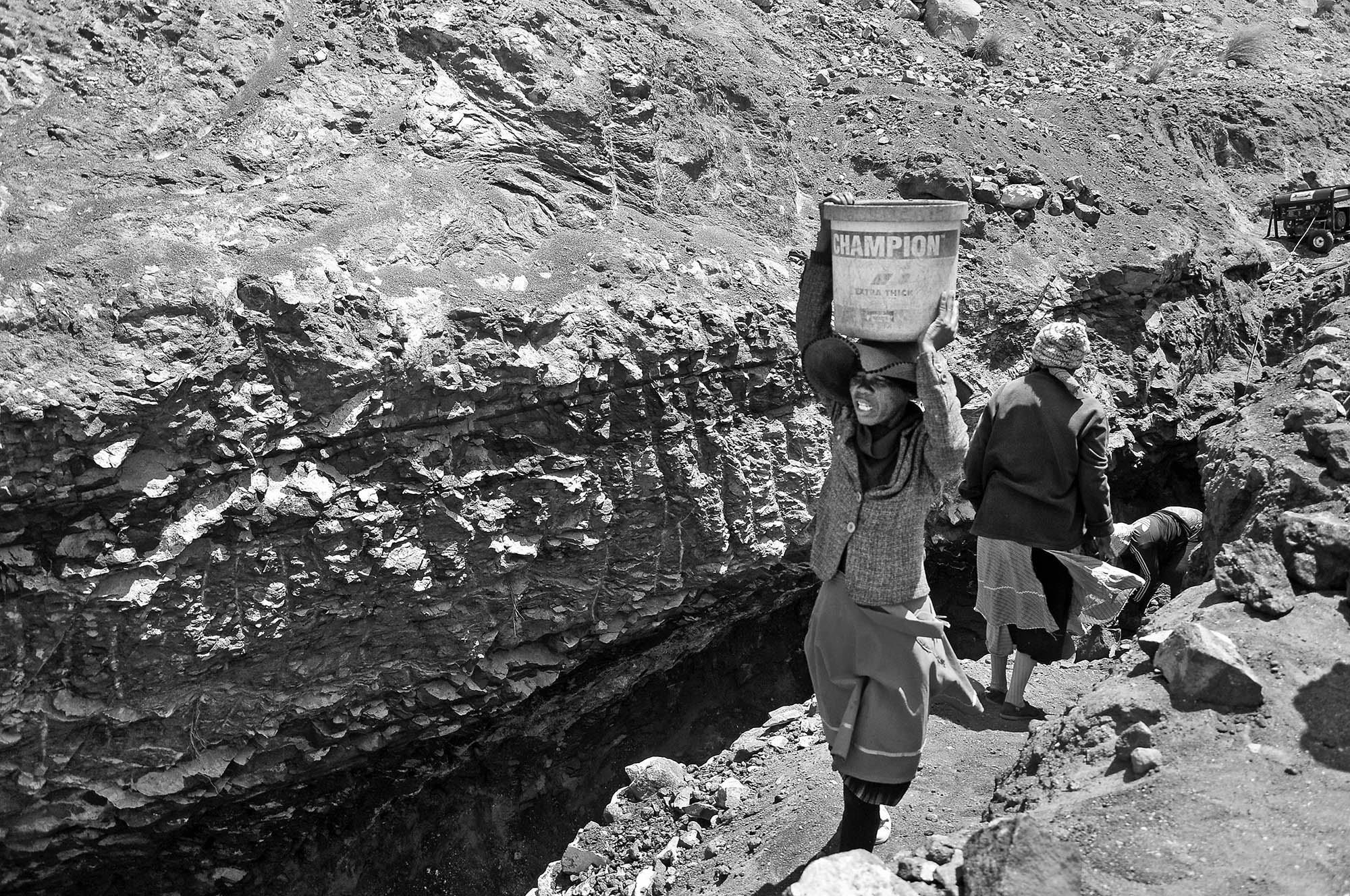
Women engage in back-breaking toil carrying ore from the tunnels onto the surface where it sorted and then transported to the village in bakkies. (Photo: Lucas Ledwaba/Mukurukuru Media)
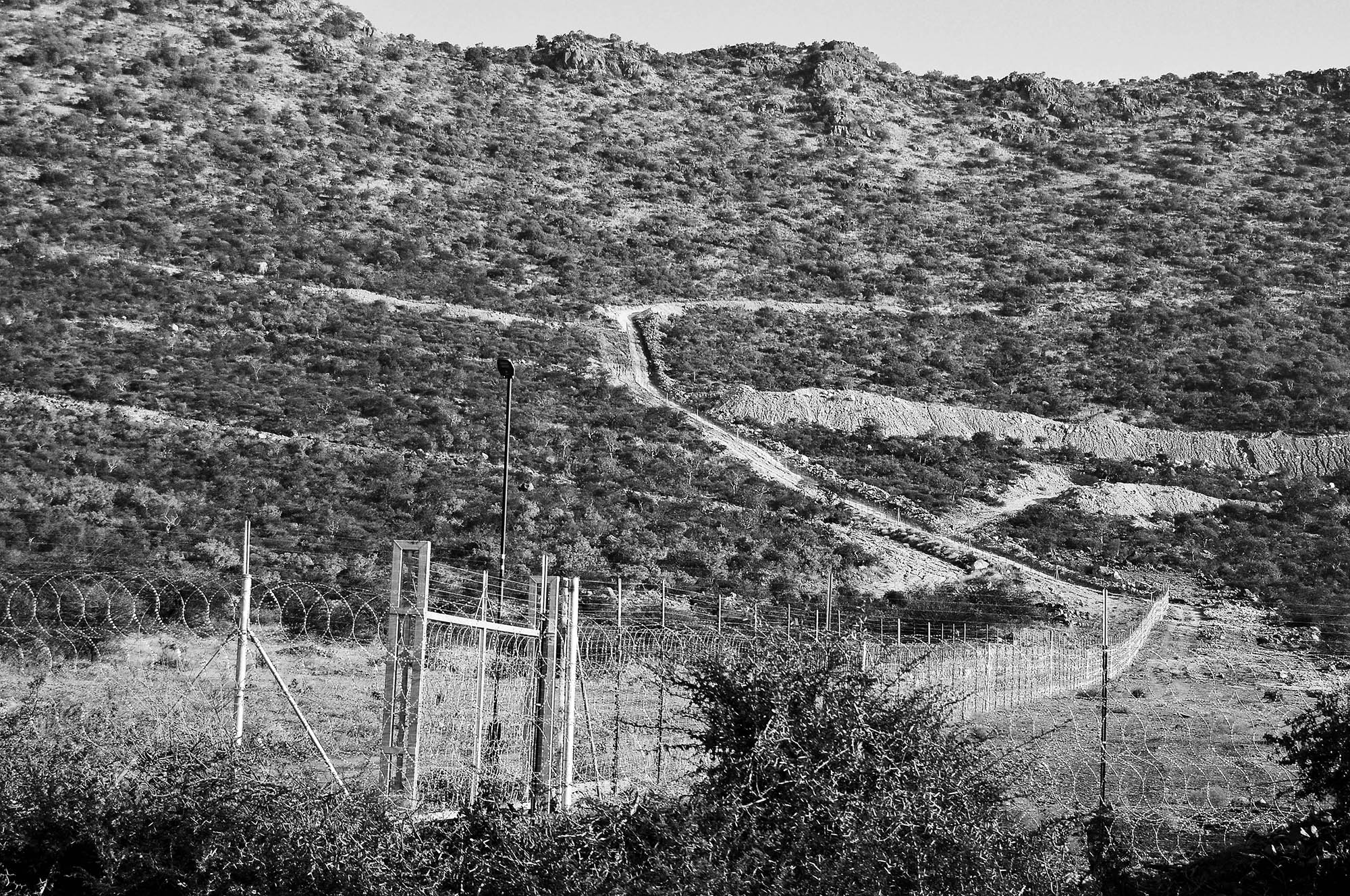
Artisanal miners in Atok Sekhukhune face a daily battle with security guards deployed to guard a piece of land which is subject of a dispute between the Babina Tlou ba ga Teka traditional authority and Samancor. (Photo: Lucas Ledwaba/Mukurukuru Media)
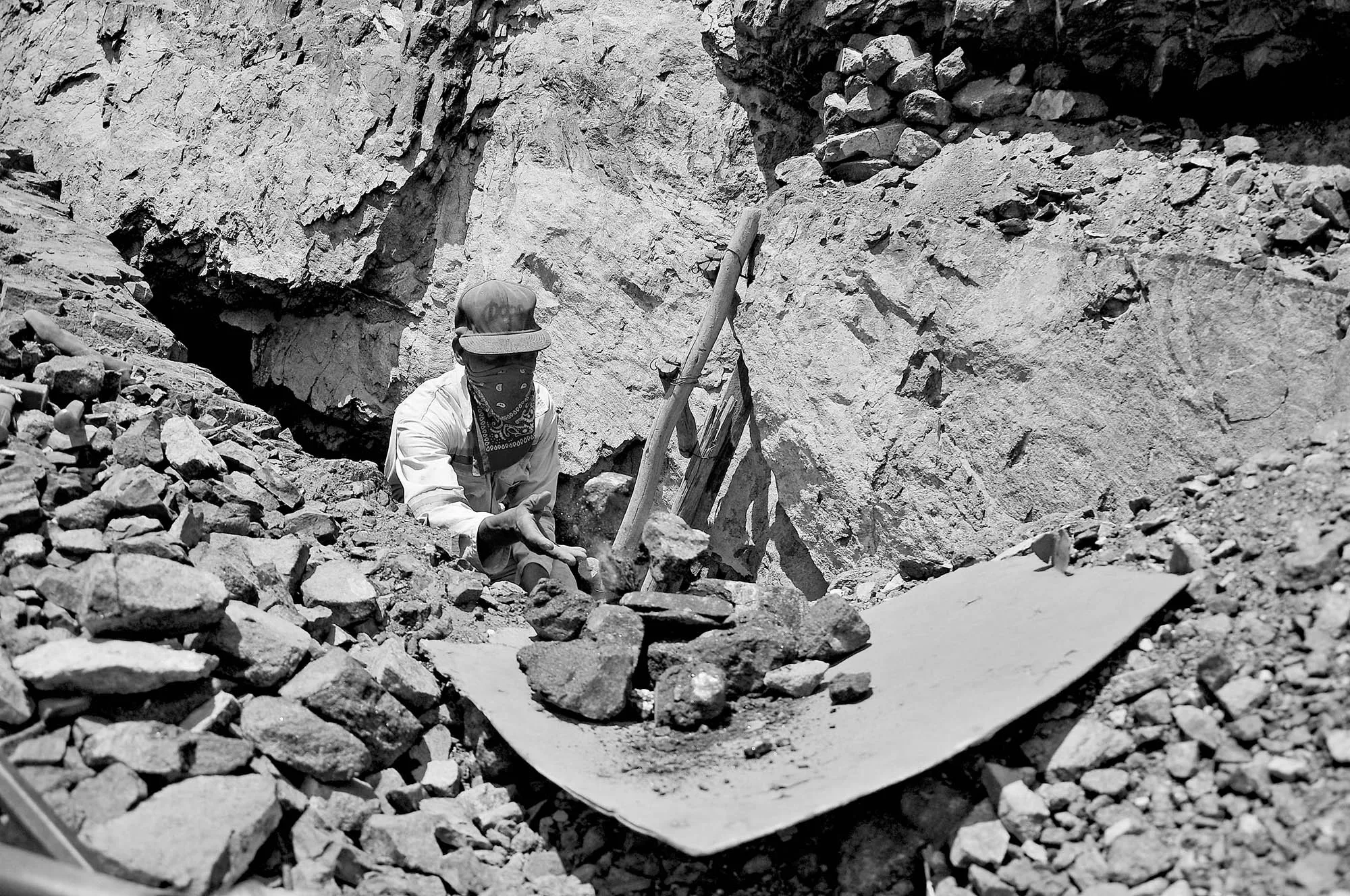
An artisanal miner working in a trench on a mine in Atok in the Sekhukhune district of Limpopo. (Photo: Lucas Ledwaba/Mukurukuru Media)


















 Become an Insider
Become an Insider